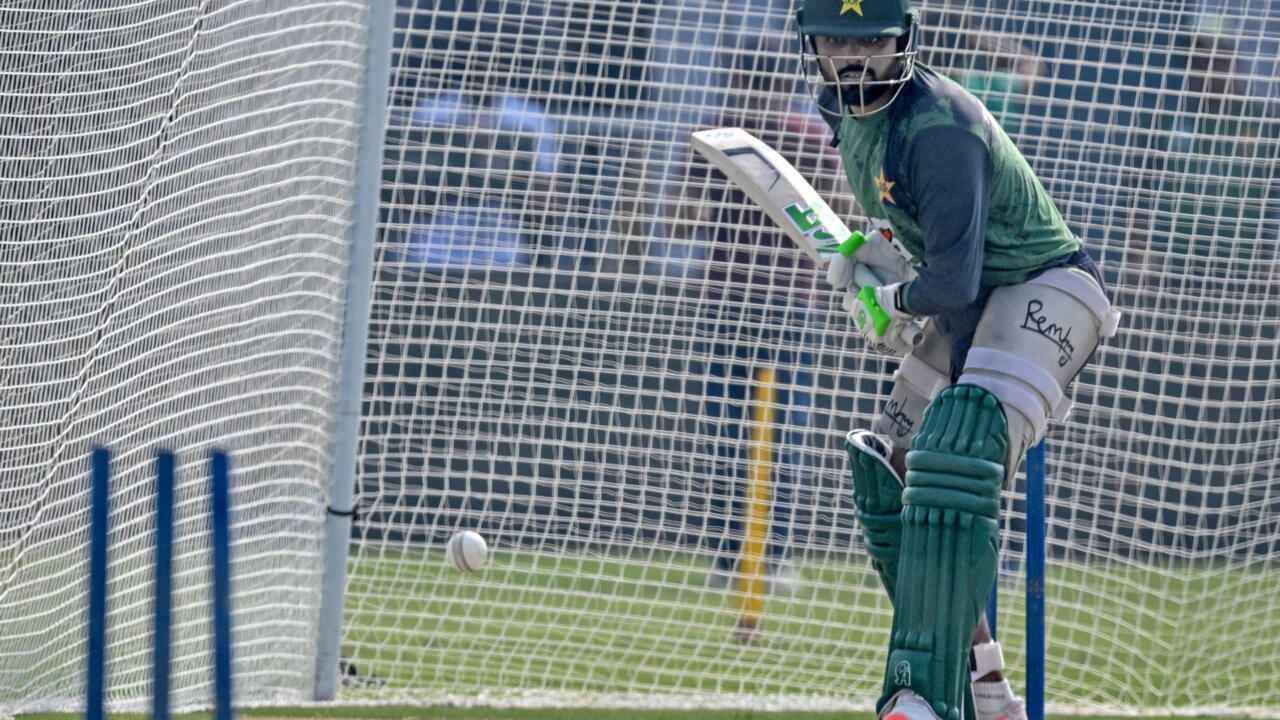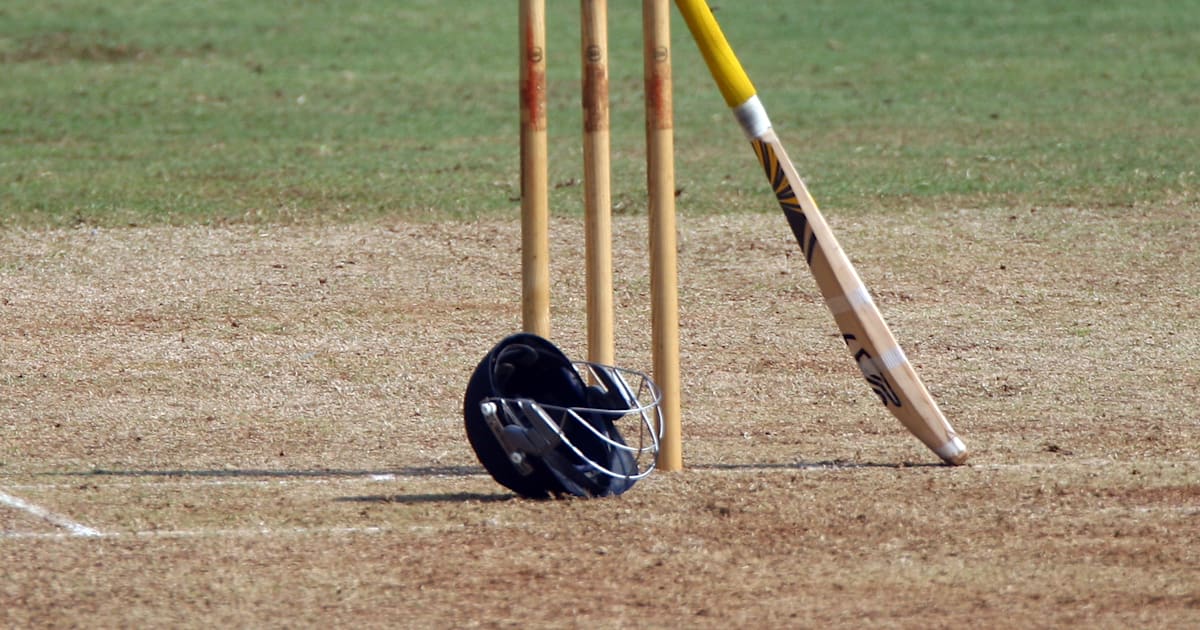Bronco or Yo-yo, it's all about optics in Indian cricket at the moment

Compared to the world standards, India's Yo-Yo marker wasn't stiff but even then plenty of superstars found it difficult to pass the assessment between what became the dreaded cones in Indian cricket. (Image credit: BCCI)Go Beyond The Boundary with our YouTube channel. SUBSCRIBE NOW!What is Bronco Test? Will Rohit Sharma and Mohammed Shami be able to clear it? An expert explains!NEW DELHI: During their time as captain and head coach of the Indian cricket team, Virat Kohli and Ravi Shastri, respectively, made it clear that the Yo-Yo Test was there to stay and there were indications that the bar would only be raised higher for the 2019 World Cup. The marker began in the early 16s - 16.1 - and was later increased to constantly challenge the fitness and readiness of a player. There was no ambiguity as plenty of players who missed the cut weren't considered for selection.Cut to 2025 and the line has been blurred, if not completely wiped away. These fitness tests are no longer a selection criterion and seem a mere formality. The moment Kohli and Shastri made way for the new leadership, different means and ways were adopted to push the stern Yo-Yo assessment to the backburner. Compared to the world standards, India's Yo-Yo marker wasn't stiff but even then plenty of superstars found it difficult to pass the assessment between what became the dreaded cones in Indian cricket.The focus shifted to injury management rather than elevating overall fitness standards. There are few instances of players undergoing yo-yo tests and it was in 2023, before the Asia Cup, that it was back in the news again.Kohli posted his score of 17.2 on Instagram before being asked to not share any "confidential" information, and a similar directive was issued to other centrally contracted players.The yo-yo test is no longer the buzzword as certain players, influential ones, reasoned that they manage their body in a different manner and wouldn't want to risk the intensity of the test in their 30s. The lines were further blurred as "intent" became the new buzzword and fitness tests were conveniently pushed to the backseat with "injury prevention" the excuse.This trickled down to domestic squads too. Many state associations became lenient with the fitness assessments and half-fit players continued to play for their respective sides and it resulted in mid-season breakdowns of aspiring cricketers.The associations earlier followed a mark of 16.5 as cut-off for yo-yo but showed leniency by selecting even those who posted 14 as, unlike the Kohli-Shastri era, there was no strict directive from the Indian cricket board.In the last few weeks, the who's who of Indian cricket converged at BCCI's Centre of Excellence (CoE) but it was more for optics than serving the larger goal of having a fit core, no pun intended.Reporters covering the Duleep Trophy games at the venue were not allowed to watch the fitness tests of leading Indian cricketers. Although, these were hardly the fitness tests everyone was expecting them to be. The players and the people conducting the "tests" clearly didn't want attention on what was a routine exercise - a hogwash. The secrecy which the Indian cricket board maintained was, for lack of better word, baffling! The BCCI has spent hundreds of crores on the new CoE but is it just a rehabilitation centre? Fitness enhancement, seemingly, is not on the agenda."There are people who have their heart in the right place for Indian cricket but certain strong voices have constantly silenced the yo-yo and fitness chatter. Not just yo-yo, but even the 2km run test. There was a time when the yo-yo marker was raised to further enhance standards but now it has become a routine jog between the cones, with the beep adding to the ambience sound," said a source tracking developments."When there are no consequences, why will people take it seriously? The ageing superstars will continue to prove their "match fitness" and hide behind "managing their body" but it's not helping Indian cricket ecosystem evolve," they added.In a chat with TimesofIndia.com former India Strength & Conditioning coach Soham Desai explained how these tests were never a selection criteria after the Shastri-Kohli regime ended."During Virat Kohli, Ravi Shastri’s time, they directed Shankar Basu to get fitness to a level leading into the 2019 World Cup. Those numbers were agreed with all the stakeholders involved and they wanted to keep it a serious affair so that people leading into the 2019 World Cup come to a particular level and then we play the World Cup. That was the whole vision. That's why those numbers were agreed upon and shared and it became a selection criteria."But after that, we have done the yo-yo test three times a year for almost all contracted players every year. But it was never a selection criteria. It is a fitness assessment parameter where we as coaches, as people working in NCA, get an idea, a snapshot about their fitness at that particular level," he explained.In the last few years, one can see a clear difference in approach during the team's practice sessions. There is a certain group panting for breath after intense shuttle runs, sprints and laps while there are some gently chilling, stretching and focussing only on their "intense" batting session before calling it a day.But is this the way forward?Would there be a need for injury management if the fitness parameters are strict and being met?These are the questions for the Indian cricket board, team management to find answers for if they don't want the 40-acre facility in Bengaluru to remain a hub for just rehabilitation.













